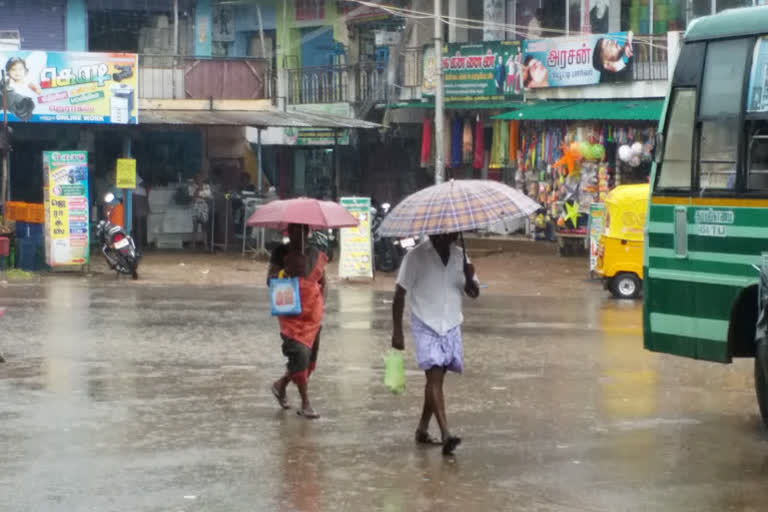Hyderabad: Meteorologists and private rain trackers attributed the unusual January rains to La Niña as the prime reason, with at least three Southern states receiving more than 1,000 percentage departure from normal (PDN).
Between January 1 and January 16 this year, Tamil Nadu received the highest amount of rainfall of 136.3 mm followed by Kerala which received 102.1 mm. Meanwhile, Karnataka, Andhra Pradesh and Telangana received 22mm, 15mm and 1.7mm of rain respectively.
The rainfall amount of Kerala has the highest PDN -- 2,073, followed by Karnataka (1,365), Tamil Nadu (1,008), and Andhra Pradesh 150.
Telangana is the lone state whose January rains have so far remained a large deficit with its normal January rains being 5.4mm and the PDN returning a negative 68.
Normal rains in January for Tamil Nadu, Andhra Pradesh, Telangana, Kerala, and Karnataka are 12.3 mm, 6.1 mm, 5.4 mm, 4.7 mm, and 1.5mm respectively.
While it is time for (NEM) North East Monsoon's withdrawal from the southern states, experts project that it may turn to become the second wettest January since 1921, if not the wettest in the case of Tamil Nadu.
K Srikanth, one of the pioneers in weather blogging, based out of Chennai, had earlier forecasted the very heavy rain episode before Pongal at least a month ahead on December 11, 2020 itself, in a video he uploaded in his Chennai Rains handle.
Read:Delhi air quality 'Very Poor', likely to deteriorate further
"It is not necessary that all La Niña years you should witness large excess rainfall. It is normal for NEM to withdraw late during La Niña years. It will never be an annual phenomenon. Highest rainfall ever recorded for Tamil Nadu in January is 141.2mm in 1921 which, in fact, was an El Nino year," Srikanth said.
As regards to the frequency, the rain tracker observed that extreme weather episodes - hotter summers or extreme rainfall events, or both are manifestations of warming up of oceans.
"With the Arabian Sea and Bay of Bengal being the warmest water bodies in the earth, the Indian subcontinent is likely to witness such events much frequently and it is unlikely that the frequency will be lower," he said.
Subscribing to the views of Srikanth, N. Puviarasan, Director, the Area Cyclone Warning Centre at the Regional Meteorological Centre in Chennai, said that the unusually high rains were directly linked to the global effect.
